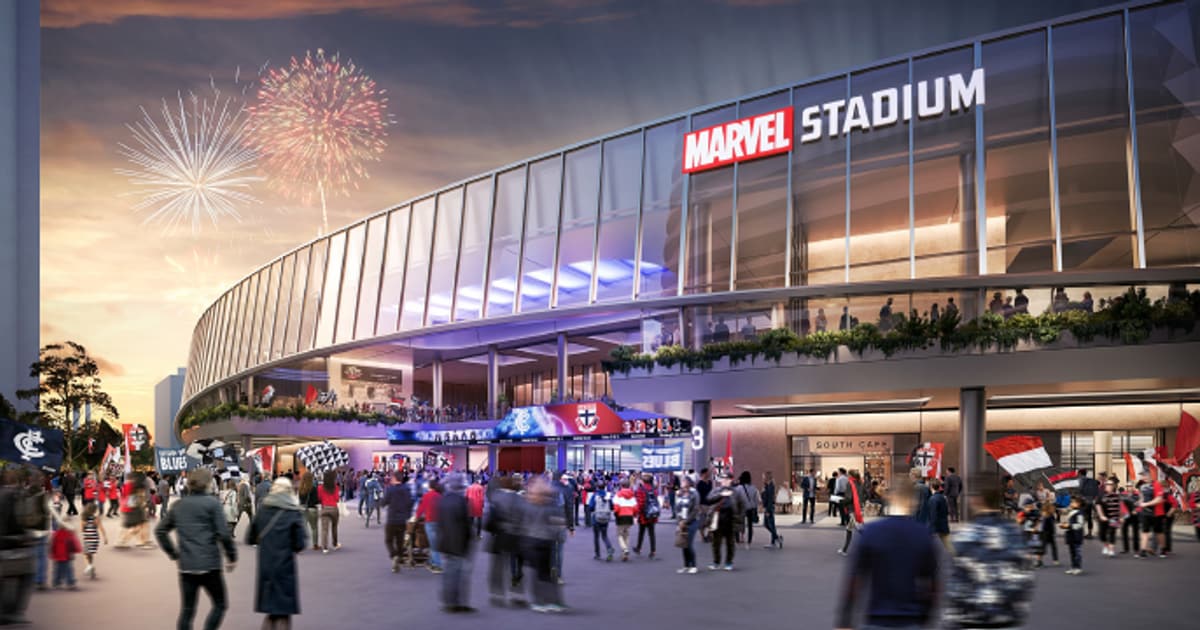- Apr 9, 2015
- 1,196
- 3,420
- AFL Club
- Carlton
- Other Teams
- Melbourne City FC, Southampton FC
It will be really interesting to see what the Marvel Stadium redevelopment has in store for us.
Unfortunately the AFL and stadium have provided us a lack of detail about their plans so we’re none the wiser. It would be a missed opportunity if they spend over $200M and did t deliver something of a much more superior nature all round.
The details have been released for a while now:

Town Square, Night Market, more: Must-see plans for $225 million Marvel Stadium upgrade
The AFL-owned venue is set to be transformed into 'one of the best sports and entertainment destinations in the world'
The upgrade is just for the exterior and concourses, not the inside of the stadium itself







